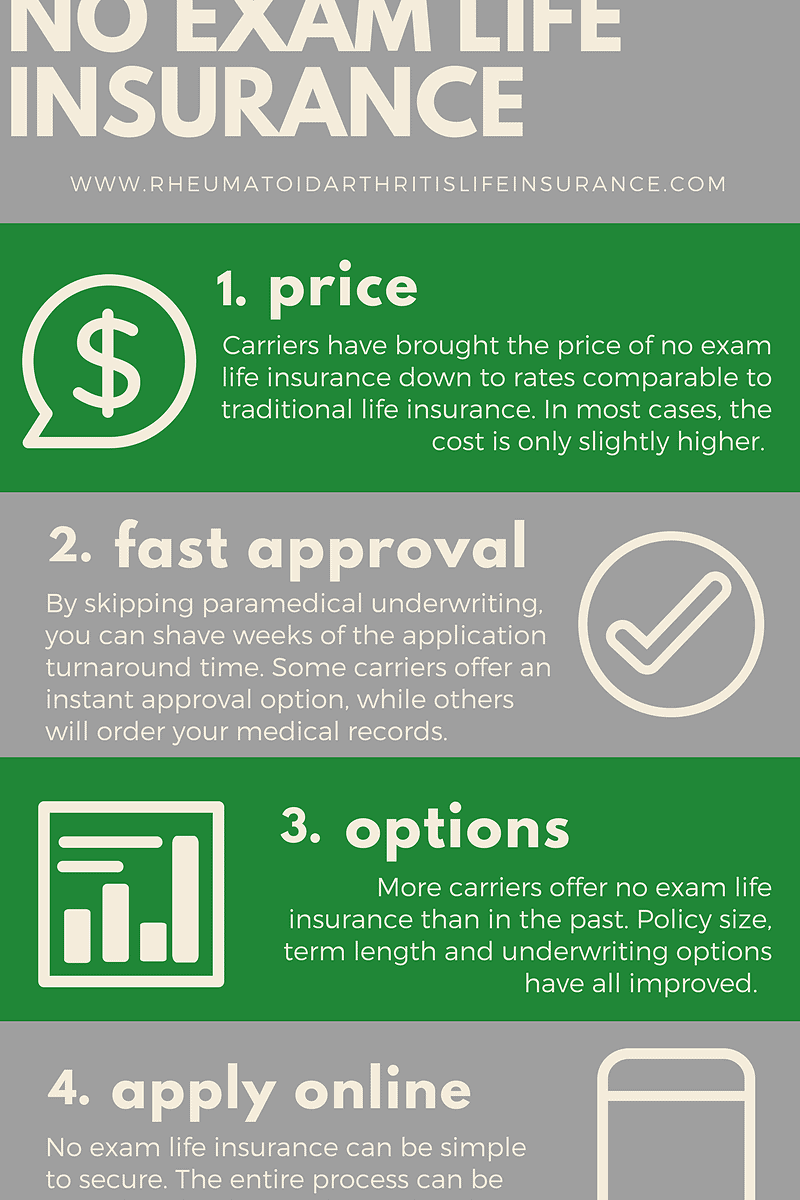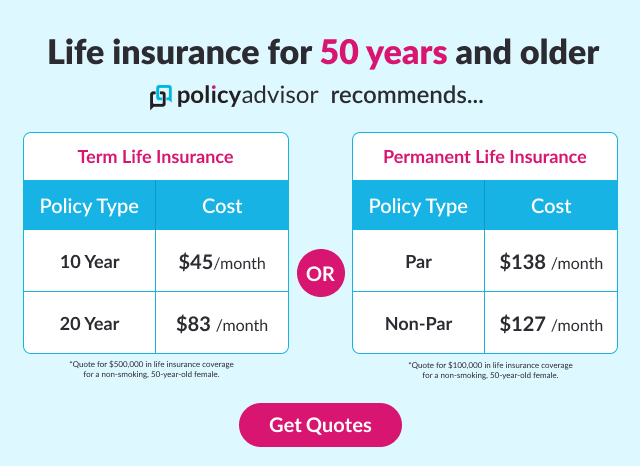How To File a Car Accident Claim – The Ultimate Guide
Car accidents can be a real pain in the neck — literally and figuratively. After the initial shock and adrenaline rush, you may be wondering what to do next. One of the most important steps is to file an insurance claim. This can help you cover the costs of repairs, medical bills, and other expenses. But how do you file a car accident claim?
Steps to File a Car Accident Claim
Filing an insurance claim after a car accident can be a daunting task, but it doesn’t have to be. Here are the steps you need to take to get started:
1. File a Police Report and Gather Evidence from the Scene
After a car accident, it’s important to file a police report. This will provide an official record of what happened and can help you with your insurance claim. Be sure to get the names and contact information of any witnesses, and take pictures of the damage to your car and the other vehicles involved.
Here are some tips for filing a police report:
- Call the police as soon as possible after the accident.
- Be prepared to give the dispatcher your name, contact information, and the location of the accident.
- Answer the officer’s questions honestly and accurately.
- Get a copy of the police report for your records.
In addition to filing a police report, you should also gather as much evidence from the scene of the accident as possible. This may include:
- Photographs of the damage to your car and the other vehicles involved
- Witness statements
- Medical records
- Repair estimates
The more evidence you have, the stronger your insurance claim will be.
Filing a Claim After a Car Accident
After a car accident, it’s important to seek medical attention first and foremost. Once you’re safe and stable, the next step is to file a claim with your insurance company. Here’s a step-by-step guide on how to do it.
Contact Your Insurance Company
The first step is to report the accident to your insurance company as soon as possible. You can do this by calling their customer service number or logging into your online account. When you report the accident, you’ll need to provide the following information:
- Your name, address, and phone number
- The date, time, and location of the accident
- The names and contact information of the other drivers involved
- The make, model, and year of your vehicle
- The damage to your vehicle
- Any injuries that you or your passengers sustained
Your insurance company will then assign you a claims adjuster who will help you through the claims process. The claims adjuster will investigate the accident, gather evidence, and determine how much your claim is worth.
Additional Tips for Filing a Claim:
- Be prepared to provide documentation to support your claim, such as photos of the damage to your vehicle, police reports, and medical bills.
- Keep a record of all communication with your insurance company, including phone calls, emails, and letters.
- Be patient. The claims process can take time, so don’t get discouraged if you don’t receive a settlement right away.
How To File A Claim After A Car Accident
In the aftermath of a car accident, filing a claim may not be at the top of your priority list, but it’s a crucial step towards getting your life back on track. Here’s a step-by-step guide to help you navigate the process.
Gather Important Information
First things first, jot down as much information as you possibly can, talk about the names, addresses, and insurance information of all drivers involved. Don’t forget about any passengers or witnesses, their statements could be invaluable later on. If possible, take photos of the damage to all vehicles. These records will be crucial for your insurance company to assess the extent of the damage.
Besides the people involved, don’t overlook the importance of your surroundings. Note the location of the accident, including the street names and any landmarks. If there are any traffic signs or signals nearby, make sure to document those as well. The more specific you are, the easier it will be to piece together what happened.
Last but not least, don’t leave out the details of how the accident occurred. Jot down everything you can remember, no matter how insignificant it may seem. These notes will be crucial for your insurance company to determine who was at fault.
How to File a Claim After a Car Accident
Being in a car accident can be a stressful experience, but it’s important to take steps to protect your rights and financial interests. One of the first things you should do is file a claim with your insurance company. Here’s a step-by-step guide on how to do it:
Step 1: Contact Your Insurance Company
As soon as possible after the accident, contact your insurance company to report the incident. They will ask for information about the accident, including the date, time, location, and other details. You may also be asked to provide photos or other documentation of the accident.
Step 2: Gather Evidence
The more evidence you can gather, the better your chances of getting a fair settlement. Take photos of the accident scene, your injuries, and any damage to your vehicle. If there were any witnesses to the accident, get their contact information. You may also want to get a copy of the police report, if one was filed.
Step 3: File a Claim
Once you have gathered all the necessary evidence, you can file a claim with your insurance company. You can do this online, over the phone, or in person at your local insurance office. You will need to provide the insurance company with the information you gathered in Step 2, as well as your policy number and other relevant details.
Step 4: Document Your Injuries and Damages
One of the most important steps in filing a claim is to document your injuries and damages. This includes medical records, bills, and other documentation that shows the extent of your injuries and the costs you have incurred as a result of the accident.
Keep a detailed journal of your injuries and symptoms
Record everything you’re experiencing, no matter how minor it may seem. This will help you remember the details when you’re filing your claim and talking to your doctor.
Take photos of your injuries
If you have visible injuries, take photos of them. These photos will serve as evidence of your injuries and help you get a fair settlement.
Gather medical records
Get copies of all your medical records related to the accident. These records will show the extent of your injuries and the treatment you’ve received.
Get a copy of the police report
The police report will contain important information about the accident, such as the date, time, location, and the names of the drivers involved. This information will be helpful when you’re filing your claim and negotiating with the insurance company.
Step 5: Negotiate with the Insurance Company
Once you have filed your claim, the insurance company will investigate the accident and determine how much you are entitled to receive. You may need to negotiate with the insurance company to reach a fair settlement. Be prepared to provide documentation to support your claim, and don’t be afraid to stand up for what you deserve.
How to File a Claim After a Car Accident
Been in a car accident? Don’t panic! Here’s a step-by-step guide to help you file a claim and get back on the road. First things first: pull over, stay calm, and check for injuries. Once you’re safe, it’s time to gather information. Get the other driver’s name, contact info, and insurance details. Take pictures of the damage and any injuries. The more info you have, the smoother the process will go.
File a Claim
Now it’s time to reach out to your insurance company. You can usually file a claim online, over the phone, or in person. You’ll need to provide the details of the accident, including the date, time, and location. Make sure to have your policy number handy and be ready to answer questions about the incident.
Gather Documentation
To support your claim, you’ll need to gather some documentation. This may include a copy of the police report, medical records, and estimates for repairs. If you have any witnesses, get their contact information. The more evidence you provide, the stronger your case will be.
Negotiate a Settlement
Once the insurance company has reviewed your claim, they’ll make you an offer. Don’t be afraid to negotiate! If you think the offer is too low, you can counteroffer. It’s a good idea to have a lawyer on your side during this process.
Close the Claim
Once you’ve reached an agreement, the insurance company will close your claim. You’ll receive a check for the settlement amount, minus any deductible. Make sure to review the settlement carefully before signing anything. If you have any questions, don’t hesitate to contact your lawyer or the insurance company.
How to File a Car Accident Claim
Being involved in a car accident can be a stressful and overwhelming experience. In the aftermath of such an incident, it’s crucial to know how to file a claim to ensure you receive fair compensation for your injuries, damages, and other losses. Here’s a comprehensive guide to help you navigate the claims process:
Immediately after an accident, seek medical attention even if you don’t feel injured. Adrenaline can mask pain, so it’s always best to get checked out by a medical professional as soon as possible. Exchange information with the other driver(s) involved, including your name, contact details, and insurance information.
Contact your insurance company promptly to report the accident. Provide them with as much detail as possible, including the date, time, location, and circumstances of the crash. They will guide you through the claims process and assign you a claims adjuster who will handle your case.
Document the scene by taking photos of the damage to your car, the other vehicle(s) involved, and any visible injuries. Obtain a copy of the police report, which can serve as valuable evidence in your claim. Keep a record of all expenses related to the accident, such as medical bills, car repairs, and lost wages.
Once you’ve submitted your claim, the insurance company will investigate the accident. They may interview witnesses, review the police report, and inspect the damaged vehicles. Based on their findings, they will determine liability and make an offer for a settlement.
Negotiate a Settlement
After receiving an offer from the insurance company, you have the right to negotiate a settlement that fairly compensates you for your losses. Here are some tips for effective negotiation:
If you and the insurance company can’t agree on a settlement, you may have to file a lawsuit. However, it’s always preferable to try to resolve the claim through negotiation first, as this process can be lengthy and costly.
How to File a Claim After a Car Accident
Getting into a car accident is always stressful, but it’s especially frustrating when you’re not sure what to do next. If you’ve been in a car accident, filing an insurance claim can seem like a daunting task, but it doesn’t have to be. Here’s a step-by-step guide to help you get started.
Step 1: Stay Calm and Ensure Safety
First things first, take a deep breath and stay calm. Afterward, if possible, pull over to the side of the road and turn on your hazard lights. Your safety and that of others should be your top priority. Check for any injuries and call 911 immediately if necessary.
Step 2: Exchange Information
Once you’ve ensured everyone’s safety, exchange information with the other driver(s) involved. This includes your name, contact information, insurance company, and policy number. If possible, take pictures of the accident scene, including any damage to the vehicles and injuries.
Step 3: Contact Your Insurance Company
As soon as possible, contact your insurance company and report the accident. They will provide you with a claim number and instructions on how to proceed. Be sure to have all the information from Step 2 ready when you call.
Step 4: Gather Evidence
To support your claim, you’ll need to gather as much evidence as possible. This can include witness statements, medical records, and estimates for vehicle repairs. Keep all of this documentation organized so you can easily provide it to your insurance company.
Step 5: Submit Your Claim
Once you have gathered all the necessary evidence, submit your claim to your insurance company. You can usually do this online, by mail, or over the phone. Be sure to provide all the information and documentation that your insurance company requests.
Step 6: Wait for a Response
Your insurance company will investigate your claim and determine if you are eligible for compensation. They will then send you a settlement offer. If you are not satisfied with the offer, you can negotiate with the insurance company or file an appeal.
Dispute a Denied Claim
If your claim is denied, don’t give up. You can file an appeal or take legal action. Here are some tips for disputing a denied claim.
First, review your policy carefully to understand what is and is not covered. Then, gather evidence to support your claim, such as witness statements, medical records, and estimates for vehicle repairs. Contact your insurance company and explain why you believe your claim should be approved. If you are still unable to resolve the issue, you can file an appeal with the state insurance department or hire an attorney to represent you.




Leave a Reply